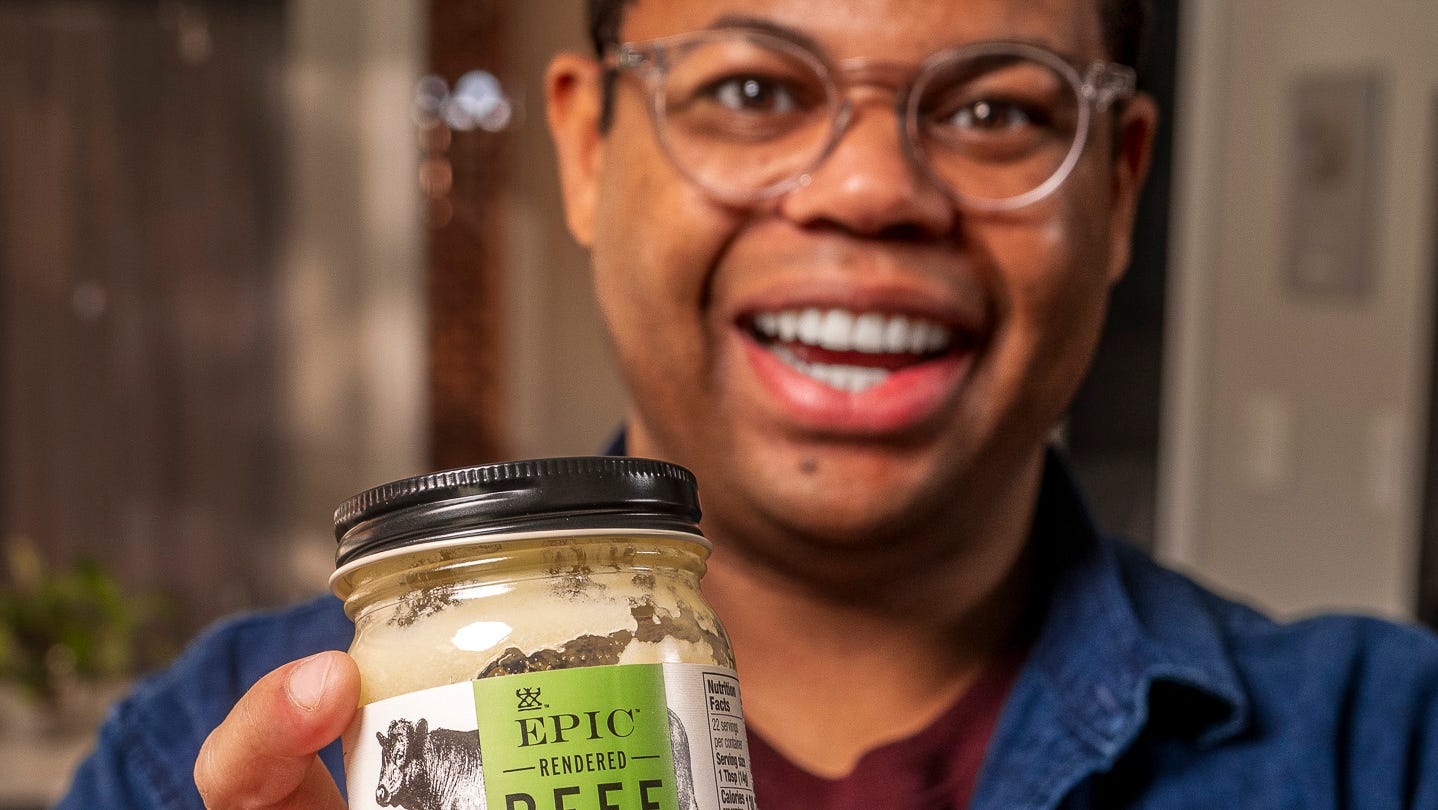
How to cook with beef tallow
These beef tallow french fries are better than any fast food’s fries.
Problem Solved
Crispy on the outside, tender and bursting with fresh herbs on the inside, falafel has grown far beyond its roots as a Middle Eastern street food to become a global favorite. Today, roughly one in 20 restaurants worldwide features it on the menu and entire chains have built their identity around it. In cities like Paris and New York, for instance, iconic spots such as L’As du Fallafel and Taïm draw hours-long lines, bolstered by celebrity fans like Lenny Kravitz and Natalie Portman.
Such popularity isn’t surprising, as this humble fritter hits every mark. “People love falafel for its rich, savory flavor, crispy outside and tender, herb-packed interior,” says Amy Goodson, a Texas-based nutritionist and registered dietitian at The Sports Nutrition Playbook. “It also has the advantage of being a plant-based protein option that appeals to both vegetarians and meat-eaters alike.”
Here’s what falafel is, why it can be good for you and what to keep in mind when it comes to moderation.
What is falafel made of?
Falafel is a traditional Middle Eastern dish made from ground legumes – typically chickpeas or fava beans that have been soaked overnight – “then blended with parsley, cilantro, onion, garlic and spices like cumin and coriander,” explains Jen Messer, a registered dietitian and president of the New Hampshire Academy of Nutrition and Dietetics. Some modern variations incorporate lentils or edamame.
Once mixed, the ingredients are combined with baking powder, shaped into balls or patties and traditionally deep-fried in oil. “But they can also be misted with a little olive oil and air-fried or baked if one wants to decrease fat,” says Leslie Bonci, a registered sports dietitian and founder of Active Eating Advice.
Falafel is traditionally served in pita or flatbreads, where it’s layered with fresh vegetables, pickles and creamy sauces. Modern takes include falafel bowls piled high with grains and greens, or patties swapped in for a burger on a bun. Of course, it can also be enjoyed solo, and is frequently dipped into tahini, hummus or other zesty spreads.
Is falafel good for you?
No matter how you enjoy it, falafel can be a nutrient-dense addition to your diet. This is mainly due to “chickpeas and fava beans both being great sources of plant protein and dietary fiber,” says Messer. Protein helps with muscle repair and satiety, while fiber supports digestion and keeps you fuller for longer. In fact, falafel’s high fiber content can help close the “fiber gap,” Bonci notes, since research shows that only about 5% of Americans meet recommended daily fiber intake. “If you are looking for a tasty way to get in another serving of fiber every day, consider trying falafel,” she suggests.
Legumes also have a low glycemic index, “which is helpful for balancing blood sugar,” adds Messer. They’ve also been shown to support healthy cholesterol levels, which is among the reasons “a diet that regularly includes legumes is associated with a lower risk of cardiovascular disease,” she says.
Goodson adds that falafel also offers a broader nutrient profile. “Its chickpeas and herbs supply iron, magnesium, folate and potassium, which support heart health, red blood cell production and overall well-being,” she explains. “Some of its fresh seasoning and spices also provide antioxidants and anti-inflammatory compounds.”
Is it bad to eat too much falafel?
But it isn’t all good news. Like most foods, falafel’s health benefits depend on preparation and portion size. Its traditional deep-fried form, for instance, increases its calorie density and fat content. “Saturated fat can be especially high if fried in certain oils,” cautions Goodson.
Add-ons can also tip the scales. Heavy sauces, fried sides or white pita bread can turn a wholesome dish into a calorie-heavy or less nutritious option. “And falafel eaten at restaurants or store-bought versions tend to be much higher in sodium than homemade versions,” adds Messer.
So long as such considerations are kept in mind though, falafel can be a healthful option – especially when served as a substitute for less healthy fare. “Falafel can be a nutritious, plant-based protein choice when eaten in moderation and prepared in a health-conscious way,” says Goodson. “This means baking or air frying it and pairing it with fresh vegetables and whole grains.”
Source link
Doctors say these are the 10 best plant-based foods for healthy aging
Actor Jenna Ortega eats kiwi with skin on: US doctor explains why it is healthy
healthy life tips: Play, eat clean and screen-off: Tennis Maestro Billie Jean King shares her secrets for a healthy life at 81